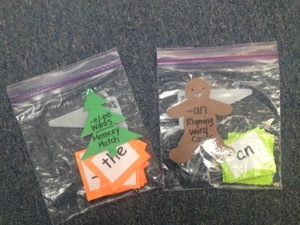
This is a 2 page comprehensive Kindergarten Assessment that will give you a general starting point of what your students DO and DO NOT know. It can also be used to show what your students have or have not learned. One other use is to utilize this as an ongoing assessment, to monitor growth at the end of each grading period!
The “Kindergarten Assessment 1” tool is a great beginning of the year screener to reveal which students are entering K with pre-reading and school readiness skills or not.
The following skills are assessed on these “easy-to-read” and “easy-to-assess” pages:
1. All 26 capital letters
2. All 26 lowercase letters
3. Common letter sounds
4. Simple CVC Word Reading
5. Name Sample
6. Common Shapes
7. Number Identification
8. Number Writing Sample
9. Counting Sets of Objects
10. Rote Counting
11. Simple Sight Word Reading
Directions for Use:
1. Beginning of the Year Assessment – The “Kindergarten Assessment 1” tool can be used as a beginning of the year and end of the year tool to show student growth. Simply print one form and use it for the beginning of the year and then use the second form for the end of the year. Compare and use each form to show student growth.
2. Ongoing Assessment – Growing strides will be evident, and the need for RTI or Special Education intervention, as well. *Suggestion: at the end of each grading period, re-assess and record using a different colored ink pen. Date your data and add a + or – sign. Add up the amount of + signs, then compare between each grading period. Your data will speak for itself!
The link above will take you to a sample of the actual Assessment! Enjoy! -Andrea











































